 The Piper on the Mountain by Ellis Peters
The Piper on the Mountain by Ellis Peters Series: Felse Investigations #5
Published by William Morrow on 1966
Genres: Mystery, Suspense
Format: Hardcover
Purchase: Amazon | Barnes & Noble | Audible | Chirp
Add to Goodreads

Also by this author: Death Mask
When Herbert Terrell falls off a mountain in Czechoslovakia, accidental death seems the inevitable verdict. But his step-daughter, Tossa, does not bow to the inevitable. She was going to Europe anyway, and finds it easy to persuade her companions to make a minor detour to the mountain.
Bewitched by Tossa's brown eyes, Dominic Felse is game for a change of plan, though he doesn't at first suspect her real motive. And he's certainly not prepared for their innocent touring holiday to become a deadly game of cat and mouse.
A fragment of an English folk song, the plaintive lament of a pipe, an unexpected corpse - these are the clues that the amateur sleuths must solve to discover the riddle of the piper on the mountain.
Review
The Piper on the Mountain is as much novel as mystery. Written in Peters’ unique and unmistakable voice, the narrative contrasts lyrical, almost poetic description with a more matter-of-fact presentation of the characters’ actions, conversation, and occasionally thoughts.
Initally, Tossa seems the more likely protagonist, but as she and her companions draw closer to her goal, Dominic’s role slowly grows in importance, both structurally and within the story. Beyond the half-way point, it becomes clear that Dominic has become the true protagonist; it is primarily up to him to untangle the puzzle and, not incidentally, keep Tossa safe. The relationship between the two grows slowly, too, comprised of equal strands of attraction, and prickly wariness (on Tossa’s part) and suspicion and concern (on Dominic’s.)
Peters’s characterization is deft and sparely descriptive; she conveys just enough, but not too much. In the case of Christine and Todd, twins who, as Tossa’s friends, make up half of the holiday expedition, Peters tells us very little about them. They are intentionally if cheerfully ordinary, almost background characters, while Domninic & Tossa’s sharp intelligence and sense of purpose set them both apart. Tossa is almost singleminded in her determination to find out the truth about her (largely unlamented) stepfather’s death, but she keeps her goal and her worries hidden from the others. There’s something reminiscent of a Arabian foal about her; she has that same fine-boned, leggy awkwardness about to become grace, the the same air of nervous, barely-constrained energy. Dominic, who is keenly aware of Tossa and observant enough to see through her mask, is just as resolved to protect her if — when! — she needs protection. And he fears she will. They’re traveling in Communist Czechoslovakia, after all, where it’s dangerous to ask questions or pry into the death of an Englishman.
Peters ratchets up the suspense in small but perfectly calibrated increments. And yet, there’s no real danger apparent for much of the book. The only hints of something wrong are Tossa’s unease, and the fact that Terrell is dead when he ought not to be. When a physical threat does arise, it is anonymous, the motivation still unknown. This only serves to deepen the overall mystery, which comes, eventually, to a most unexpected but satisfying conclusion.
The author clearly knew her setting well from her own trips to Czechoslovakia; she describes it in vivid images that perfectly evoke the clarity of the mountain air, the sharpness of the rocky peaks and the alpine beauty of the valleys. She left me almost eager to travel to Slovakia, to the Low Tatras, to see if the area is still as she depicts it.
Although The Piper on the Mountain is part of the Felse Investigations series, like all of the books in the series it can stand alone. Dominic is Insp. George Felse’s son, now grown and in college; George himself comes into the story not at all. (A peculiarity of the series is that George is often not the protagonist; sometimes it’s Dominic, sometimes another character involved in the mystery. It makes the books more a related collection of mysteries than a series in the usual sense of the term.) It is one of my favorite Ellis Peters books, and well worth reading.









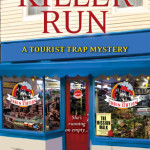













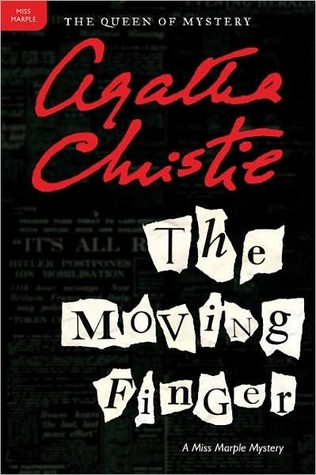


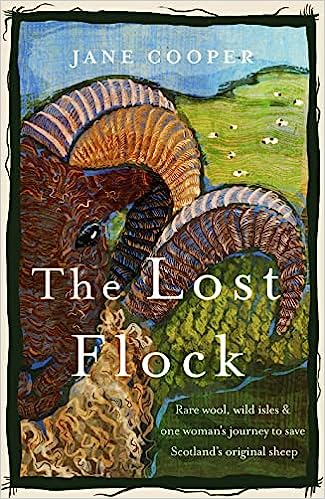

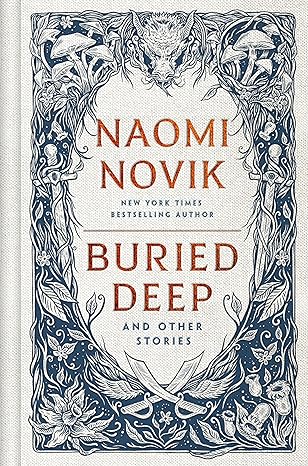
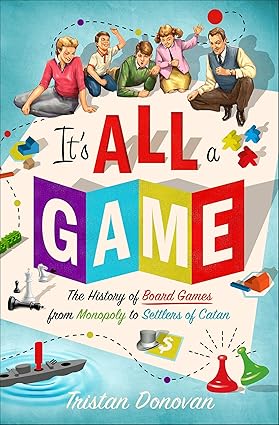
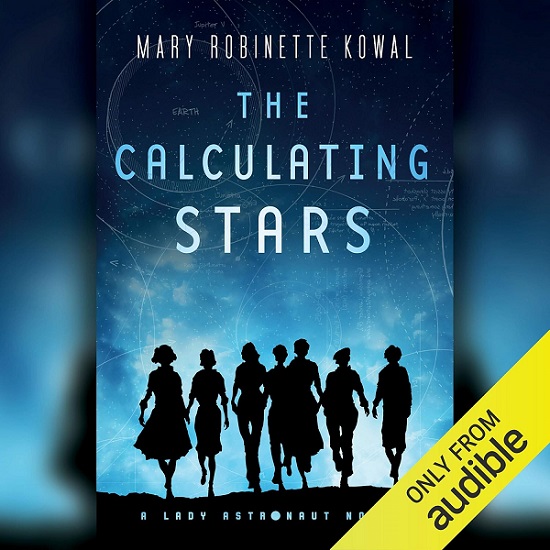
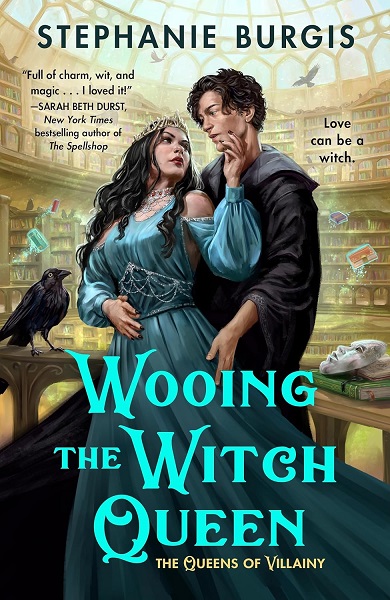






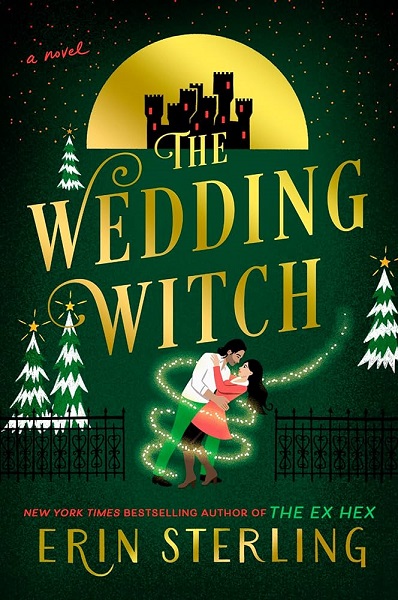


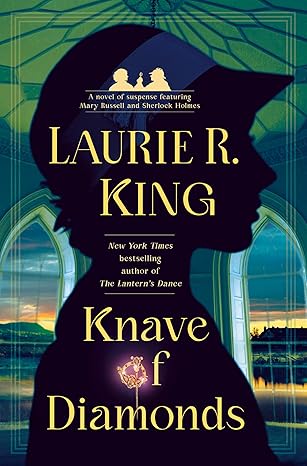






Stephanie
This sounds really cool and I wasn’t really aware of this series. What an interesting structure for it – mixing up protagonists.
Stephanie recently posted…K DRAMA REVIEW | City Hunter (2011)
Lark_Bookwyrm
The series itself plays around with the usual detective series conventions. Sometimes George Felse (Dominic’s father, a police Detective Chief Inspector) is the main character, but sometimes Dominic is, and sometimes it’s some other character, usually a woman involved in the story. And there are one or two, like this one and one set in India, where Dominic serves as both protagonist and detective, and George doesn’t come into it all. And in The Grass-Widow’s Tale, the protagonist is George’s wife Bunty. The only parallel I can think of are the mysteries by Agatha Christie in which Superintendent Battle is a minor character, usually critical to solving the mystery or at least apprehending the criminal, but never the protagonist. (He appears in Towards Zero, The Secret of Chimneys, The Seven Dials Mystery, Murder is Easy, and the Poirot mystery Cards on the Table.)
As for Ellis Peters’ series, she’s best known for the Brother Cadfael books, which are wonderful, but I also love her “contemporary” mysteries (in quotes, because they’re all almost historicals now, since they take place in the 1950s-70s. But they were contemporary when she wrote them.)
Stephanie
Yes, it’s pretty unique. I can think of a couple more mystery series that work like this: Georgette Heyer’s mysteries where she has a couple series that “feature” a particular Scotland Yard detective but the detective is never the protagonist and maybe Tana French’s Dublin Murder Squad which shifts protagonists with each book. It’s definitely an interesting approach and I *think* I prefer a unifying protagonist but am interested to read more and test this!
I’m a huge fan of her Cadfael series!
Stephanie recently posted…Saturday in the Garden | 70 Degrees and Snowing
Lark_Bookwyrm
I hadn’t realized Tana French’s series shifts protagonists. My parents and sister love her books, but I’ve been worried they might be a little on the dark side for me.